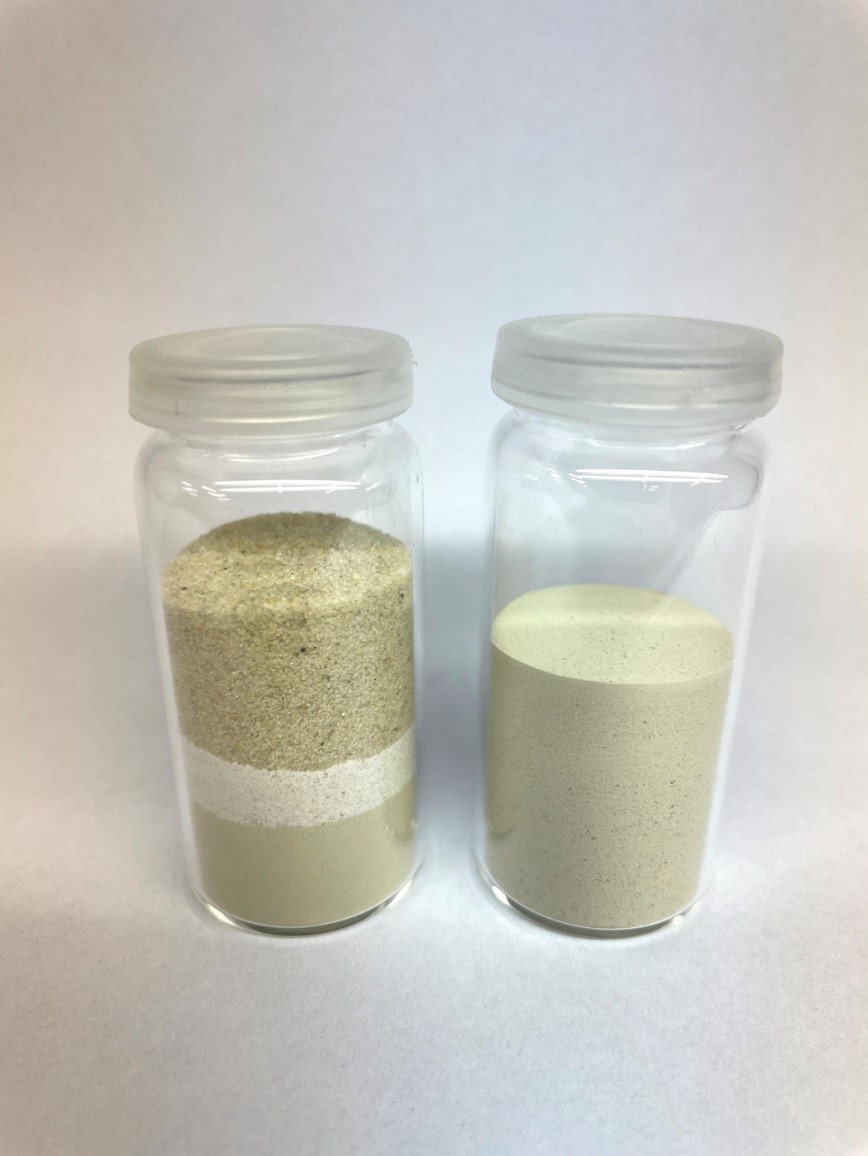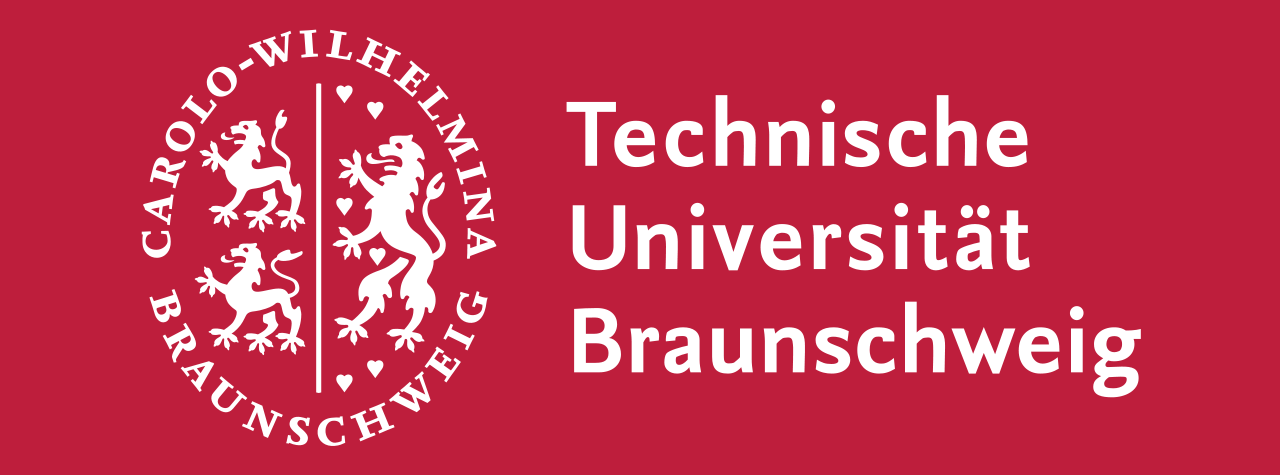Research Summary Report of A01
Particle-bed 3D printing by selective cement activation: Particle surface functionalization, particle bed compaction and reinforcement
[21.07.2023]
Meier, Niklas; Researcher, niklas.meier@tu-braunschweig.de
Zetzener, Harald; Leading researcher, h.zetzener@tu-braunschweig.de
Kwade, Arno; Project Leader, a.kwade@tu-braunschweig.de
all: TU Braunschweig, Institute for particle technology
The main goal of our research in project A01 is to improve the mechanical strength and shape accuracy of the printed concrete parts as well as the printing speed. While our work at the iPAT is improving the powder properties the project partner iBMB focuses on the material-process interaction.
Summary
Previous research has shown, that a higher packing density of the particle bed leads to an increase in compressive strength. On the one side the process parameter during printing e.g. compaction heigt have an influence on the packing density. On the other side material properties can be teilored to increase the packing density Thereby, two strategies to improve the packing density by tailoring the material properties are considered: 1. Lowering the adhesive forces of the particle surfaces to reduce agglomeration. 2. Tailoring the particle size distribution, so that the fine fractions can fill out pores of the coarser fractions without increasing the space between the particles of the coarse fractions. Strategy 1 was successfully carried out and led to an increase in packing density, as well as an increase in compressive strength of printed specimen. Strategy 2 is currently under investigation and shows promising results already: By using an additional fine aggregate fraction (compare Figure 1) with a particle size in between the sand and aggregate fractions of the reference material, the packing density can be increased.
Current state of research
As stated in the last report, by sieving the raw material into multiple fractions with narrow particle size distributions, the particle size distribution can be tuned even finer. This was successfully done and led to an additional small increase in packing density, compared to the tailored ternary mixture. Furthermore, strategies 1 and 2 have been combined. With this, the highest packing densities, achieved in binary and ternary mixes, as well as in mixes consisting of multiple fractions with a narrow particle size distribution.
The next step is to choose the most promising mixtures and print test specimens in the lab scale printer of the iBMB. Especially for the mixes consisting of multiple narrowly sized fractions bigger sieves are necessary, compare Figure 2 or the video on the AMCs Instagram page. For small particle sizes, a different solution will be necessary, as vibration sieves aren’t suitable due to agglomeration.








